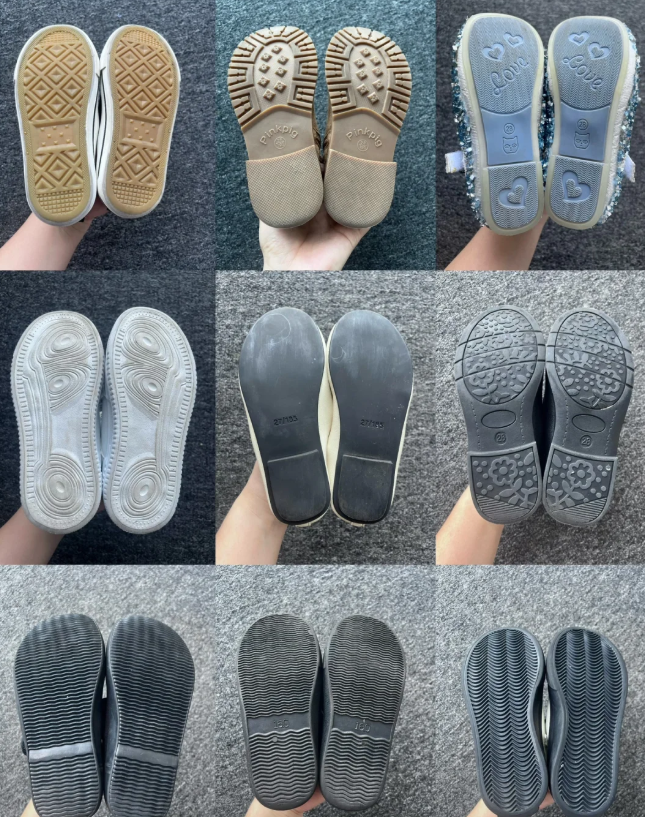Common shoe soles revealed
Reading times:223 Update time:2025-04-30
1. Rubber foam bottom
Advantages: It is very light, not easy to wear or tear, and not afraid of aging and corrosion. Even in minus 20 degrees Celsius weather, it won't crack.
Disadvantage: The wear resistance is not as good as pure rubber.
2. Rubber composite bottom
Advantages: Excellent anti slip performance, with a special hard rubberwood heel that is lightweight and durable.
Disadvantage: It's not very good when it comes to acidic or alkaline oils, and many formal shoes use this type of sole.
3. EVA bottom
Advantages: Lightweight, good elasticity, can bend back and forth, shock resistant, easy to process, and comes in a variety of colors.
Disadvantages: Easy to absorb water, not very environmentally friendly, not wear-resistant, not slip resistant, and easy to get dirty.
4. Polyurethane base
Advantages: Lightweight, comfortable to wear, and durable.
Disadvantages: prone to yellowing, easily damaged by wind and sun exposure, and difficult to return to its original state after elongation.
5. TPU Bottom ️
Advantages: Extremely sturdy, not easily damaged, very wear-resistant, not afraid of cold, oil, water, aging, and weather changes. Moreover, it is waterproof, breathable, windproof, cold proof, antibacterial, mildew proof, warm, and UV resistant.
6. Cow tendon bottom
This type of sole is light yellow and semi transparent, named after its resemblance to cow hooves.
Advantages: Anti slip, wear-resistant, waterproof.
Disadvantages: It is relatively heavy, hard, and uncomfortable to wear.
Formal level: Leather sole>Rubber sole>Foam sole
Lightness: Foam sole>Leather sole>Rubber sole ️
Wear resistance: Rubber sole>Foam sole>Leather sole
Breathability: Leather sole>Rubber sole ≈ Foam sole

